How To Do A Single Leg Deadlift

When it comes to working out, it's important to target different parts of your body. The single leg deadlift is an exercise that targets your hamstrings, glutes, and lower back. This exercise is great for improving balance, stability, and strength. In this article, we'll go over how to properly do a single leg deadlift.
Step 1: Stand on One Foot
Start by standing on one foot with your knee slightly bent. Keep your other foot slightly off the ground. Make sure your weight is evenly distributed on your standing foot.
Step 2: Hinge at the Hips
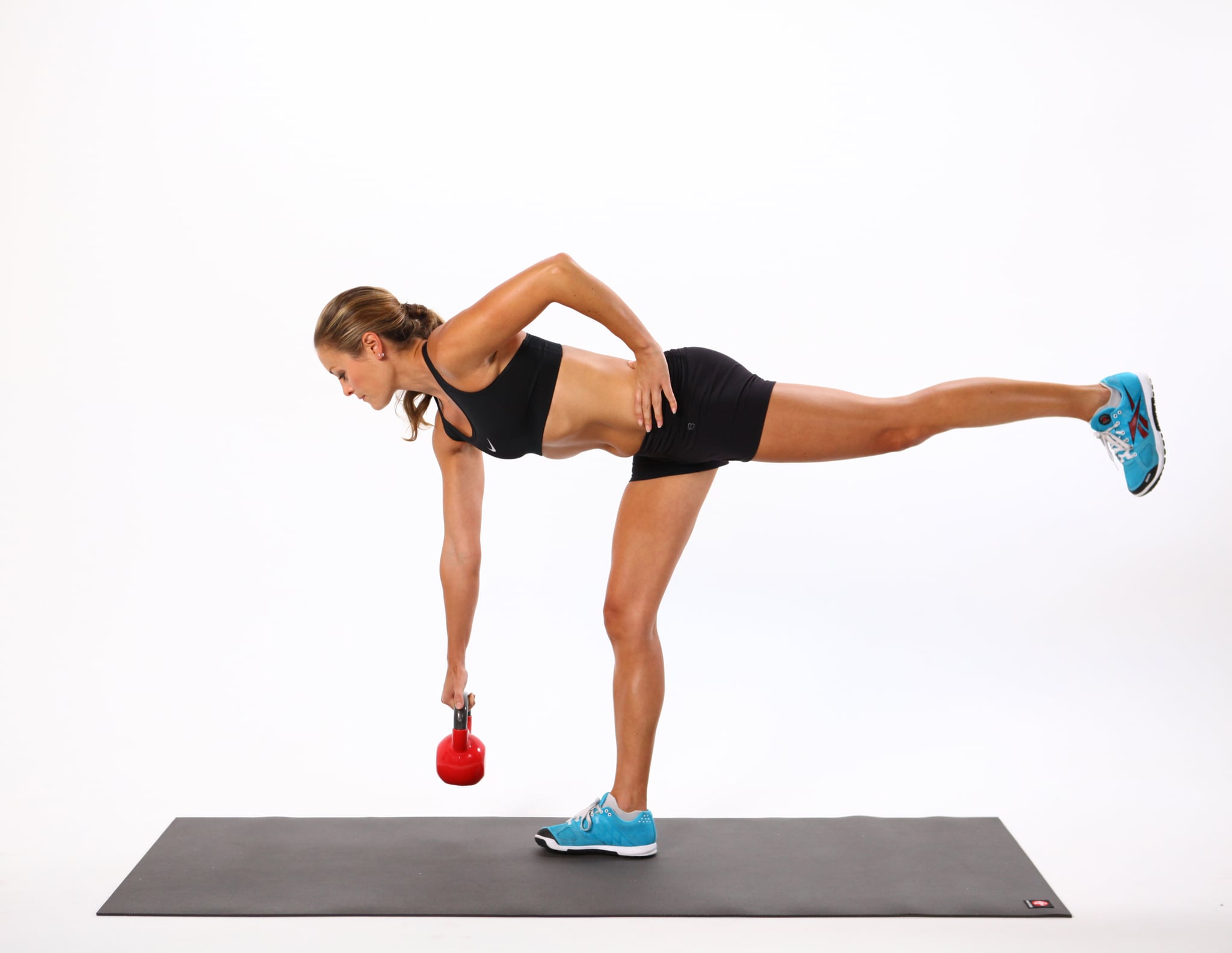
Slowly hinge at the hips and lower your torso while keeping your back straight. Reach your opposite arm out in front of you for balance.
Step 3: Lower Your Leg
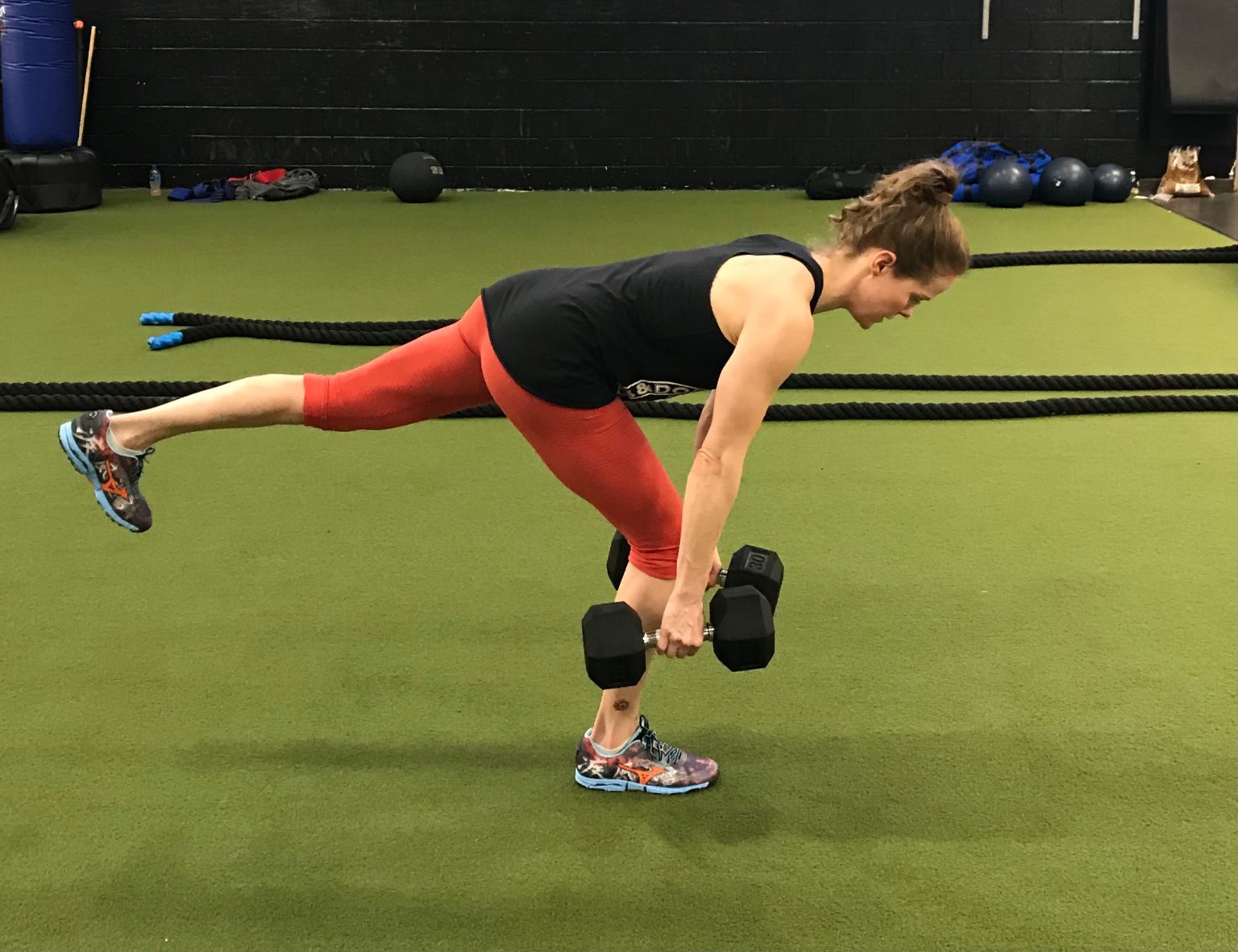
As you lower your torso, raise your non-standing leg behind you. Keep your leg straight and your foot flexed.
Step 4: Return to Starting Position
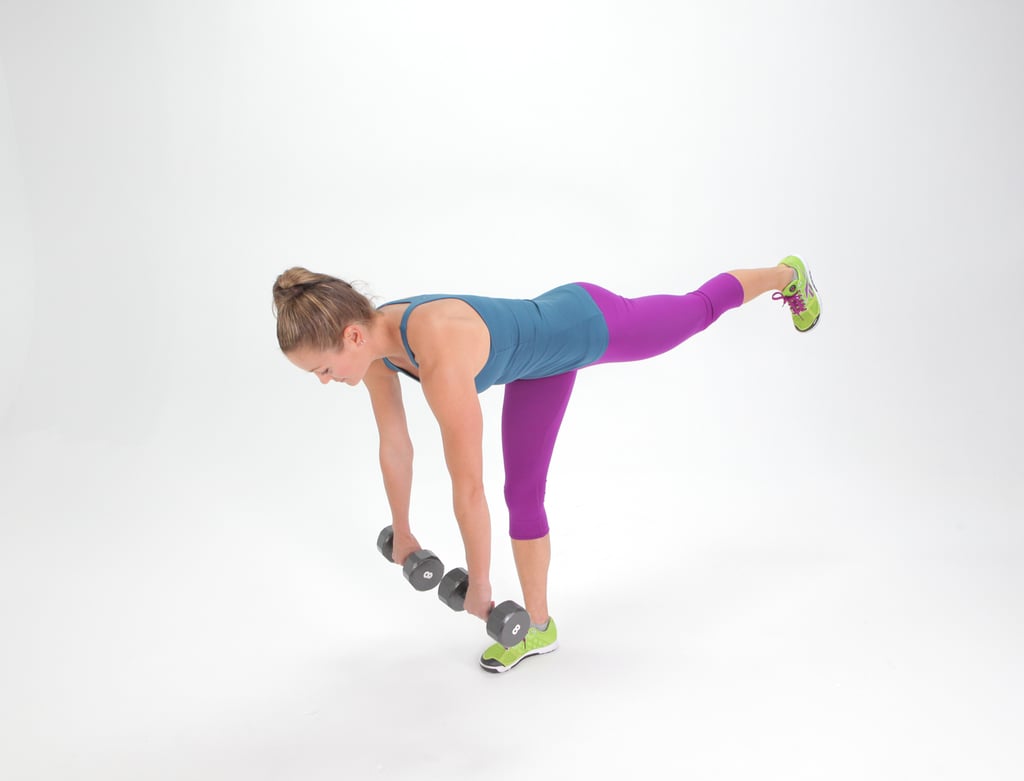
Slowly return to the starting position by standing up straight and lowering your leg. Repeat the exercise on the opposite leg.
Tips for Proper Form
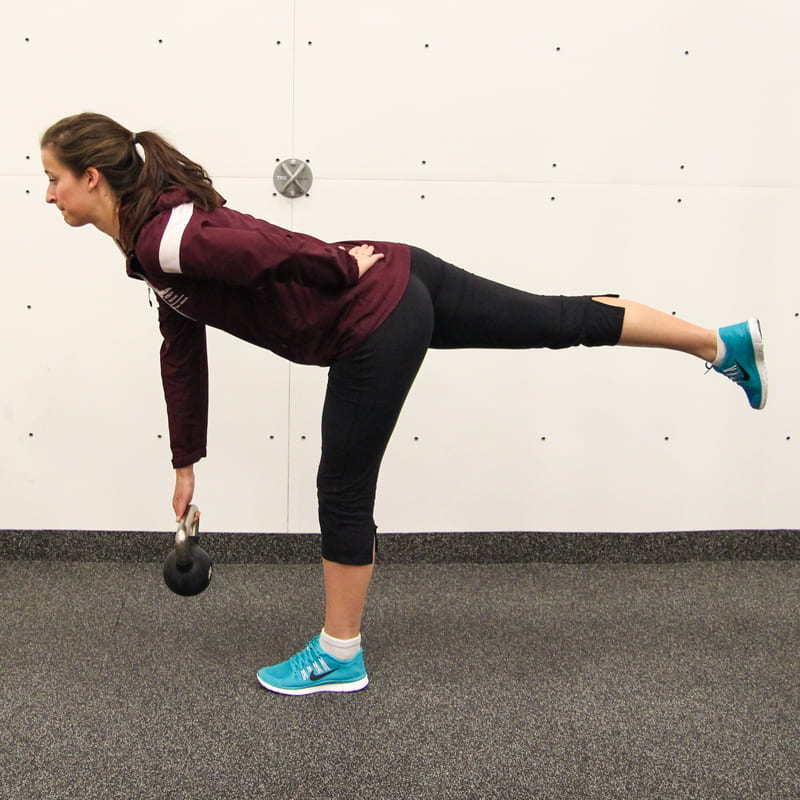
Here are some tips for proper form when doing a single leg deadlift:
- Keep your core engaged and your back straight.
- Don't let your knee cave in or out.
- Keep your standing foot firmly planted on the ground.
- Don't rush the exercise, take your time.
Variations of the Single Leg Deadlift

There are several variations of the single leg deadlift that you can try to add more variety to your workout routine:
- Single Leg Deadlift with Dumbbells
- Single Leg Deadlift with Kettlebells
- Single Leg Deadlift with Resistance Bands
When to Incorporate the Single Leg Deadlift into Your Workout
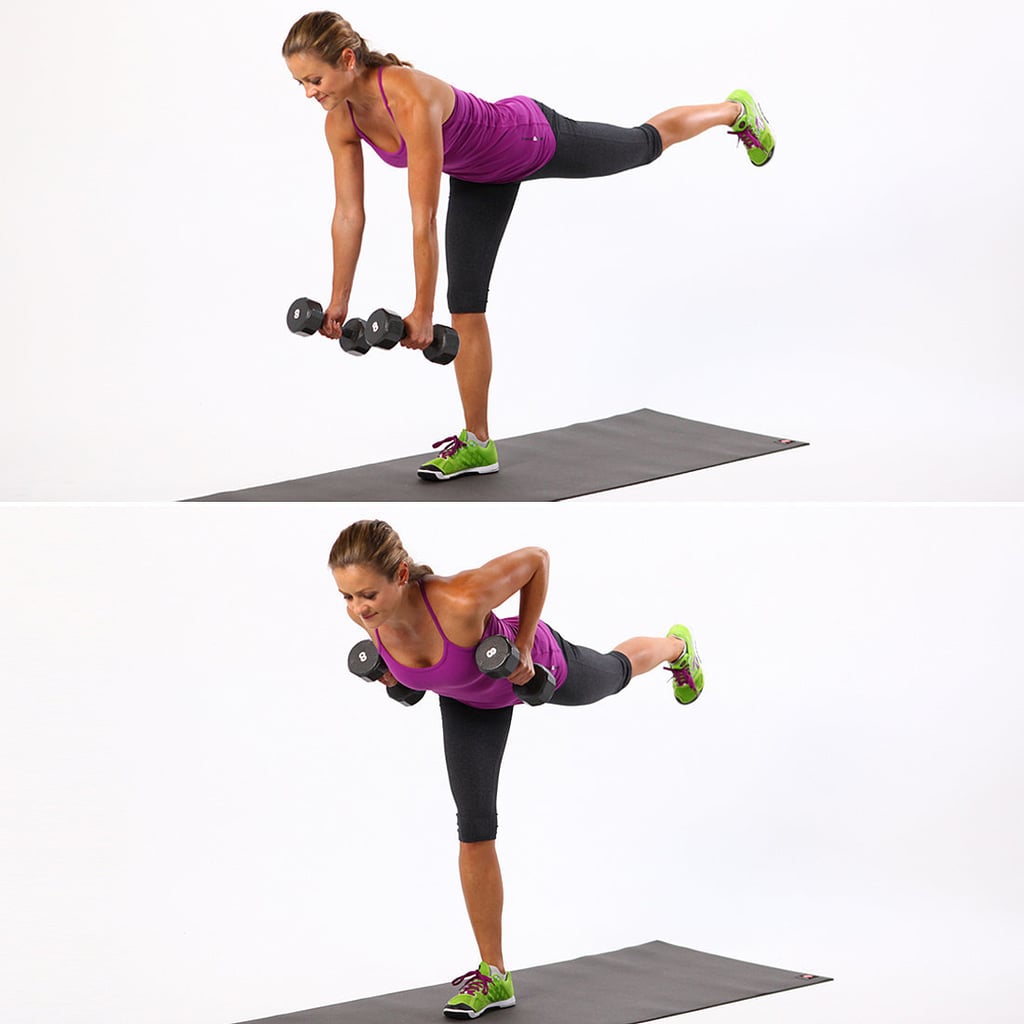
The single leg deadlift is a great exercise to incorporate into your leg day routine. It's also a great exercise to do as a warm-up before doing other leg exercises.
Conclusion
The single leg deadlift is a challenging exercise, but it's a great way to improve your balance, stability, and strength. Remember to focus on proper form and take your time with the exercise. Incorporate this exercise into your workout routine for a stronger and healthier body.
Related video of How To Do A Single Leg Deadlift
Dumbbell Seated Overhead Press

Are you looking for a challenging exercise that targets multiple muscle groups in your upper body? Look no further than the dumbbell seated overhead press. In this guide, we'll cover everything you need to know to perform this exercise safely and effectively.
What is the Dumbbell Seated Overhead Press?

The dumbbell seated overhead press is a compound exercise that primarily targets your shoulders, but also engages your triceps, upper back, and core muscles. This exercise is performed by pressing dumbbells overhead while seated on a bench.
Why Should You Do the Dumbbell Seated Overhead Press?

The dumbbell seated overhead press is a great exercise for building strength and size in your shoulders, which can help improve your posture and reduce your risk of injury. Additionally, this exercise can also improve your overall upper body strength and power, making it a great addition to any workout routine.
How to Perform the Dumbbell Seated Overhead Press

Before you start performing the dumbbell seated overhead press, make sure you have a pair of dumbbells that are appropriate for your strength level. Sit on a bench with your feet flat on the ground, and hold the dumbbells at shoulder height with your palms facing forward. Press the dumbbells overhead until your arms are fully extended, then lower them back down to shoulder height.
Tips for Performing the Dumbbell Seated Overhead Press

Here are some tips to help you get the most out of the dumbbell seated overhead press:
- Keep your core muscles engaged throughout the exercise to maintain proper form and prevent injury.
- Use a weight that challenges you, but allows you to maintain proper form throughout the exercise.
- Exhale as you press the weights overhead, and inhale as you lower them back down to your shoulders.
- Don't arch your back or let your shoulders shrug up towards your ears during the exercise.
Variations of the Dumbbell Seated Overhead Press
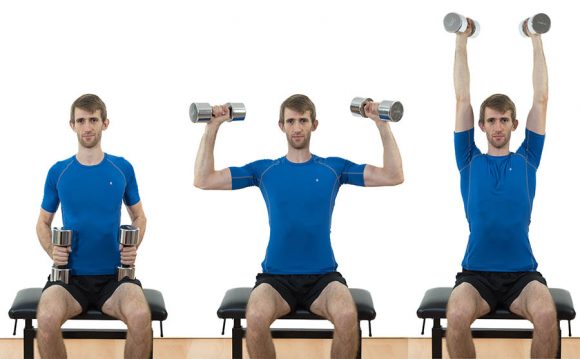
If you're looking to add some variety to your workout, here are some variations of the dumbbell seated overhead press you can try:
- Single-arm seated overhead press
- Seated Arnold press
- Push press
- Standing overhead press
Conclusion
The dumbbell seated overhead press is a challenging exercise that can help you build strength and size in your shoulders, as well as improve your overall upper body strength and power. By following the tips and variations outlined in this guide, you can make the most out of this exercise and take your fitness to the next level.
Related video of Dumbbell Seated Overhead Press: A Comprehensive Guide
Chest Press With Bar

If you are looking to build a strong chest, then chest press with bar is one of the most effective exercises you can do. This exercise primarily targets the pectoral muscles, but it also engages the triceps, shoulders, and back muscles.
How to Perform Chest Press With Bar

Here is a step-by-step guide on how to perform chest press with bar:
- Lie flat on a bench with your feet firmly planted on the ground.
- Grab the bar with an overhand grip that is slightly wider than shoulder-width apart.
- Unrack the bar and bring it down towards your chest, bending your elbows at a 90-degree angle.
- Push the bar back up to the starting position, extending your arms fully.
- Repeat for the desired number of reps.
Common Mistakes to Avoid

Here are some common mistakes to avoid when performing chest press with bar:
- Arching your back: Keep your back flat on the bench throughout the exercise.
- Using too much weight: Start with a weight that you can comfortably lift for 8-10 reps.
- Bouncing the bar off your chest: Control the movement and don't let the bar bounce off your chest.
- Not using a full range of motion: Make sure you bring the bar all the way down to your chest and fully extend your arms on the way up.
Variations of Chest Press With Bar
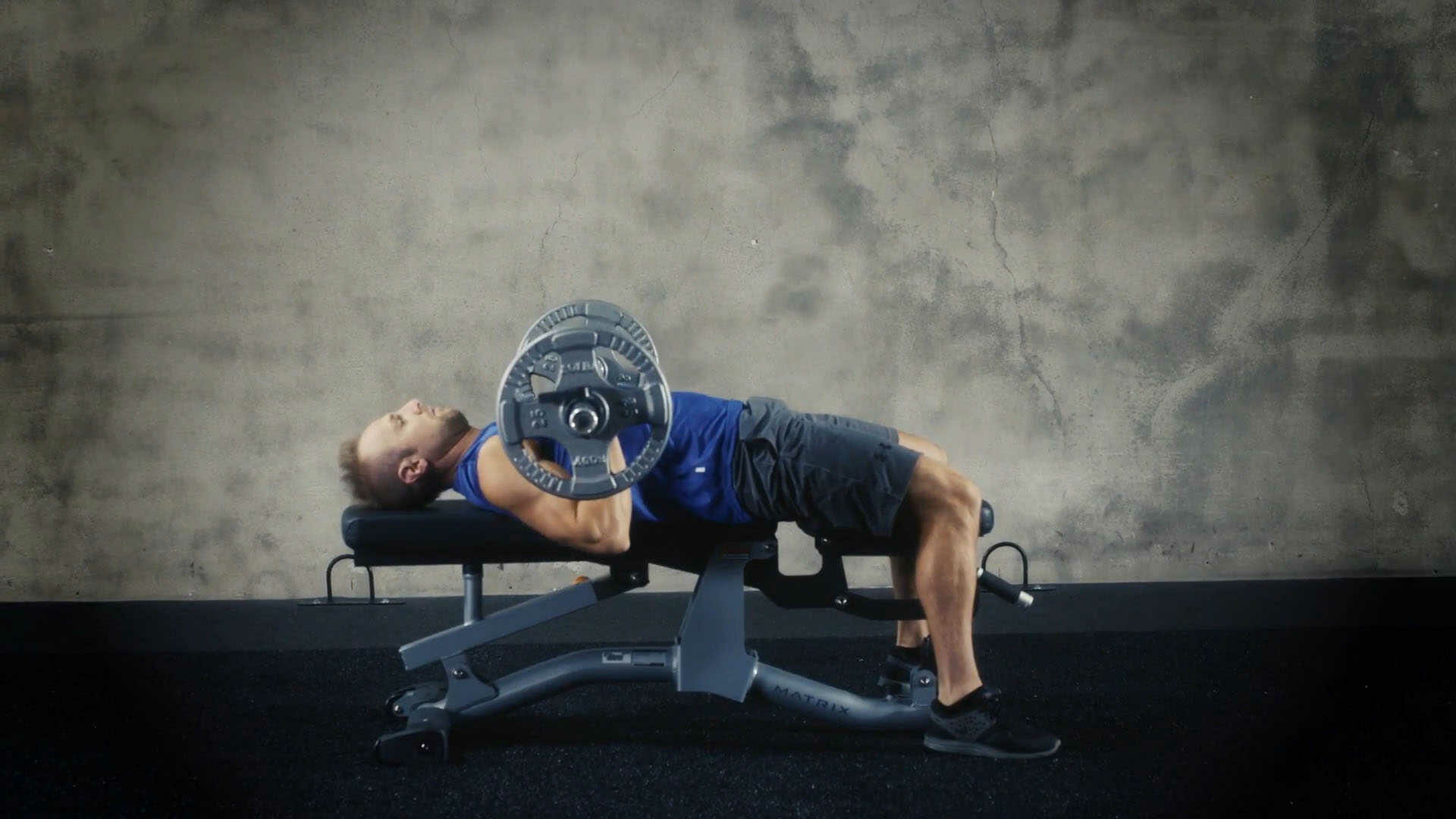
There are several variations of chest press with bar that you can try to target different areas of your chest:
- Incline chest press: Perform the exercise on an incline bench to target the upper portion of your chest.
- Decline chest press: Perform the exercise on a decline bench to target the lower portion of your chest.
- Narrow grip chest press: Bring your hands closer together on the bar to target your triceps and inner chest muscles.
Chest Press With Bar vs. Dumbbell Chest Press

Both chest press with bar and dumbbell chest press are effective exercises for building a strong chest. However, there are some differences between the two:
- Chest press with bar allows you to lift more weight, which can be beneficial for building strength.
- Dumbbell chest press allows for a greater range of motion and can help target each side of your chest independently.
Incorporating Chest Press With Bar Into Your Workout

Chest press with bar can be incorporated into your workout in several ways:
- Perform 3-4 sets of 8-12 reps as part of your chest workout.
- Superset chest press with bar with a back exercise, such as bent-over rows, for a full upper body workout.
- Use chest press with bar as a compound movement in a full body workout.
Conclusion
Chest press with bar is a highly effective exercise for building a strong chest. By following the proper form and avoiding common mistakes, you can maximize the benefits of this exercise. Incorporate chest press with bar into your workout routine and watch your chest muscles grow.
Related video of Chest Press With Bar: A Complete Guide
Seated Horizontal Cable Rows

If you're looking for a way to build a strong back and improve your posture, seated horizontal cable rows are a great exercise to add to your workout routine. This exercise targets your back muscles, including your latissimus dorsi, rhomboids, and trapezius, as well as your biceps and forearms. In this article, we'll go over the benefits of seated horizontal cable rows, proper technique, and variations to keep your workouts fresh.
Benefits of Seated Horizontal Cable Rows

Seated horizontal cable rows are a compound exercise, which means they work multiple muscle groups at once. This makes them an efficient way to build upper body strength and improve your overall fitness. Here are some of the key benefits of seated horizontal cable rows:
- Builds a strong back: Seated horizontal cable rows target your back muscles, which are crucial for maintaining good posture and preventing back pain.
- Improves grip strength: Holding onto the cable handle challenges your grip strength and can help you build stronger forearms.
- Targets multiple muscle groups: Seated horizontal cable rows work your back, biceps, and forearms, making them a great all-around upper body exercise.
- Can be modified for different fitness levels: Seated horizontal cable rows can be adjusted to make them easier or harder, depending on your fitness level.
Proper Technique for Seated Horizontal Cable Rows
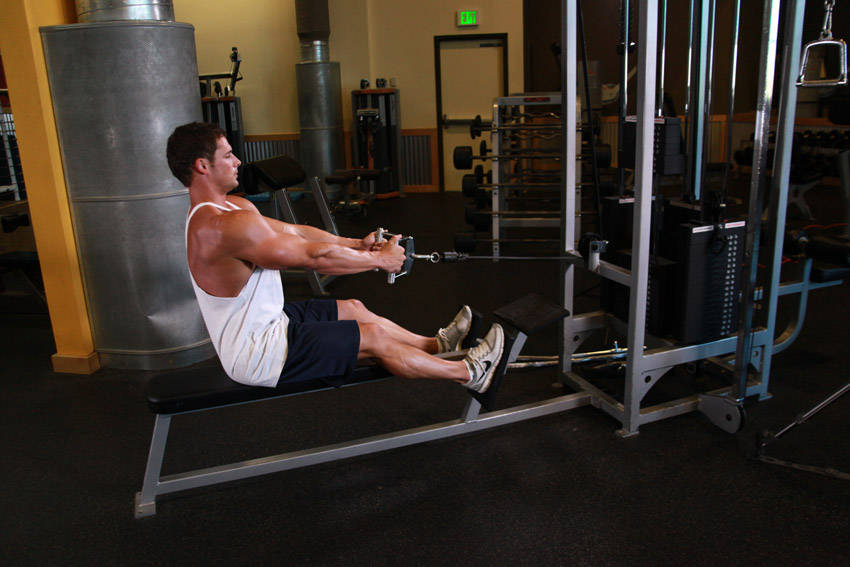
Before you start doing seated horizontal cable rows, it's important to make sure you have proper form to avoid injury and get the most out of the exercise. Here's how to do it:
- Sit on the bench facing the cable machine with your feet flat on the floor and your knees bent.
- Grab the cable handle with an overhand grip (palms facing down).
- Keep your back straight and engage your core.
- Pull the cable handle toward your chest, squeezing your shoulder blades together as you do so.
- Hold the contraction for a second, then slowly release the cable back to the starting position.
- Repeat for your desired number of reps.
It's important to use a weight that challenges you but doesn't compromise your form. If you find yourself leaning back or using momentum to lift the weight, it's probably too heavy.
Variations on Seated Horizontal Cable Rows

Once you've mastered the basic seated horizontal cable row, there are several variations you can try to keep your workouts interesting and challenging:
- Close-grip rows: Instead of holding the cable handle with an overhand grip, try using an underhand grip (palms facing up) to target your biceps more.
- Single-arm rows: Hold onto one cable handle at a time and alternate sides for a unilateral workout.
- Reverse-grip rows: Use an underhand grip and pull the cable towards your lower chest to target your upper back more.
- Wide-grip rows: Hold the cable handle with a wider grip to target your outer back muscles more.
By incorporating these variations into your workouts, you can challenge your muscles in new ways and prevent plateauing.
Conclusion
Seated horizontal cable rows are an effective exercise for building a strong back and improving your posture. By using proper technique and incorporating variations into your workouts, you can target different muscle groups and keep your workouts interesting. Remember to use a weight that challenges you but doesn't compromise your form, and always listen to your body to avoid injury. Give seated horizontal cable rows a try and see how they can benefit your fitness journey!
Related video of Seated Horizontal Cable Rows: Benefits, Techniques, and Variations
Single Arm Kettlebell Snatch

The single arm kettlebell snatch is a dynamic and powerful exercise that can help you build strength, power, and endurance. In this article, we'll take a closer look at the benefits of the single arm kettlebell snatch, how to perform it correctly, and some variations you can try to mix up your workout routine.
Benefits of the Single Arm Kettlebell Snatch

The single arm kettlebell snatch is a full-body exercise that targets multiple muscle groups at once. Here are some of the key benefits of this exercise:
- Strengthens the entire posterior chain, including the glutes, hamstrings, and back muscles
- Improves explosive power and speed
- Increases cardiovascular endurance
- Enhances grip strength and wrist stability
Additionally, the single arm kettlebell snatch can help improve your overall athleticism and performance in other sports and activities.
How to Perform the Single Arm Kettlebell Snatch
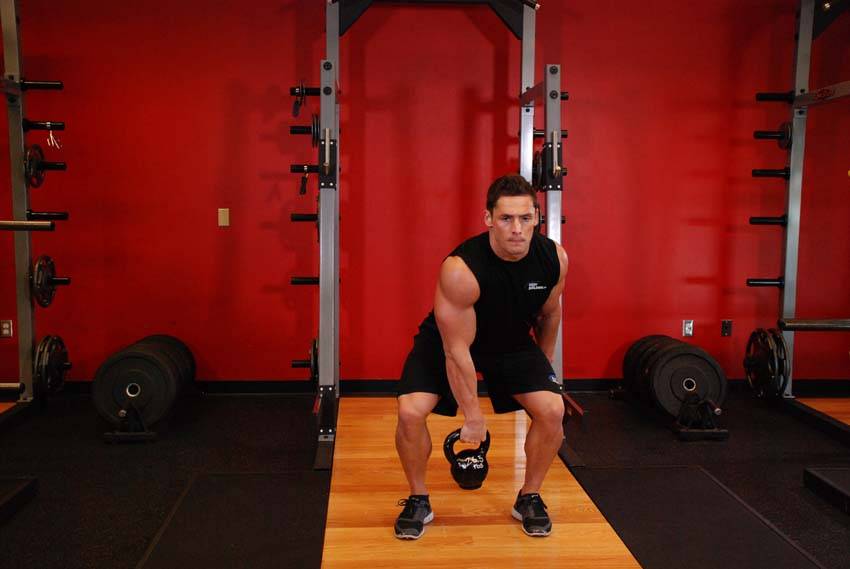
Before you start performing the single arm kettlebell snatch, it's important to master the basic kettlebell swing technique. Once you've got that down, you can progress to the snatch:
- Start with the kettlebell on the ground between your feet
- Hinge at the hips and swing the kettlebell back between your legs, then drive your hips forward and swing the kettlebell up to chest height
- As the kettlebell reaches the top of the swing, rotate your wrist and punch your hand through the handle of the kettlebell
- Lock out your arm overhead and then lower the kettlebell back down to the starting position
Repeat the movement for the desired number of reps on one side, then switch to the other arm.
Single Arm Kettlebell Snatch Variations
If you're looking to switch up your workout routine, here are some variations of the single arm kettlebell snatch you can try:
- Double Kettlebell Snatch: Perform the snatch with two kettlebells at the same time for added difficulty
- Alternating Kettlebell Snatch: Snatch with one arm, lower the kettlebell down, and then immediately snatch with the other arm. Repeat for the desired number of reps.
- Kettlebell Snatch to Windmill: After you lock out the kettlebell overhead, perform a windmill by shifting your weight to one side and reaching your opposite hand toward your foot. Return to standing and then lower the kettlebell down.
Remember to start with a lighter weight and focus on proper form before progressing to heavier weights or advanced variations.
Conclusion
The single arm kettlebell snatch is a powerful exercise that can help you build strength, power, and endurance. By mastering this movement and its variations, you can take your fitness to the next level and achieve your health and fitness goals.